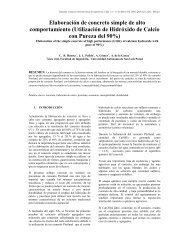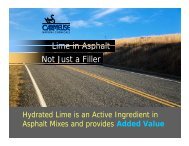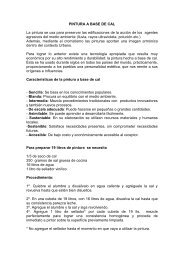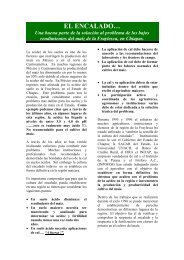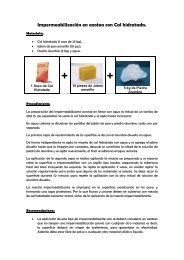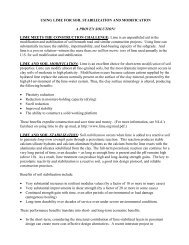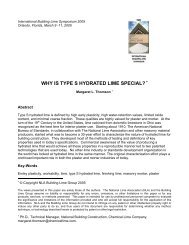Land Contamination: Technical Guidance on Special Sites: Acid Tar ...
Land Contamination: Technical Guidance on Special Sites: Acid Tar ...
Land Contamination: Technical Guidance on Special Sites: Acid Tar ...
Create successful ePaper yourself
Turn your PDF publications into a flip-book with our unique Google optimized e-Paper software.
2.1.2 Overview of acid tar lago<strong>on</strong> sitesGeneral points regarding acid tar lago<strong>on</strong> sites include the following:• acid tars have historically been generated as by-products of benzole refining, refiningpetroleum fracti<strong>on</strong>s (particularly white oil) and oil re-refining;• the nature of the acid tars will depend to a degree <strong>on</strong> their origin. For example, acidtar arising from a specialist refinery processes involving the treatment of petroleumfracti<strong>on</strong>s with sulphuric acid may comprise black, tarry deposits. However, that fromwashing of benzole (BTX fracti<strong>on</strong>s) with sulphuric acid may be an odorous darkcoloured liquid;• acid tars have a very variable compositi<strong>on</strong> between sites and even within <strong>on</strong>e lago<strong>on</strong>,but are usually characterised by a weathered, crusty and relatively solid surface, withmore fluid tars below;• in situ, acid tar comprises a mass of hydrocarb<strong>on</strong>s that is generally viscous and tarrywith low pH. Layers of acid tar may be separated with intermittent soil layers or otherdeposited wastes;• surrounding soils are likely to be c<strong>on</strong>taminated to varying degrees with tars andhydrocarb<strong>on</strong>s;• some lago<strong>on</strong>s, in particular the older <strong>on</strong>es, are likely to have been filled with untreatedtars. This was d<strong>on</strong>e either as a temporary measure to allow weathering to reduce theacidity, prior to disposal or incinerati<strong>on</strong>, or as the permanent disposal method. Themore recently deposited lago<strong>on</strong>s may c<strong>on</strong>tain partially treated tars. Treatment mayhave been by the use of lime, in an attempt at neutralisati<strong>on</strong>, or by igniting the tars insitu;• attempts will usually have been made at covering or capping the tars, often with soil,sand, ash or domestic refuse. However, fluid tars can ‘bleed’ to the surface and solidcapping material may sink into them. The tars that rise to the surface can expand andsoften further in the sun and, potentially, may overflow resulting in movement off-site;• some acid tar lago<strong>on</strong>s have also been used as disposal sites for other materials and it isnot uncomm<strong>on</strong> to find other wastes such as demoliti<strong>on</strong> materials and chemical drumsin the lago<strong>on</strong>s.2.1.3 Origins of acid tars<strong>Acid</strong> tars have been generated historically in the UK as by-products of three distinct industrialprocesses (c<strong>on</strong>sistent with the definiti<strong>on</strong> of waste acid tars in the C<strong>on</strong>taminated <str<strong>on</strong>g>Land</str<strong>on</strong>g>(England) Regulati<strong>on</strong>s 2000):R&D <str<strong>on</strong>g>Technical</str<strong>on</strong>g> Report P5-042/TR/04 7



